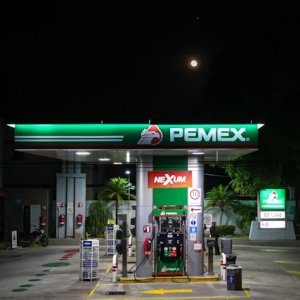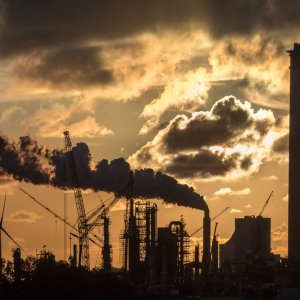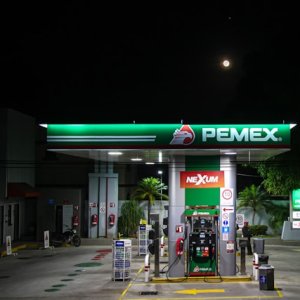Addressing PEMEX’s Future Roadblocks

STORY INLINE POST
Q: What is your general appraisal of PEMEX’s finances?
A: Based on PEMEX’s latest financial reports, we can appreciate a degree of improvement in certain metrics and indicators. However, this does not mean that the NOC is fixing its overarching structural issues. PEMEX admits it is not yet on a path to fixing its central issue, which is, from my perspective, its debt. In fact, total financial debt increased in the first three months of 2021 by 4 percent when compared to the last months of 2020. This debt is PEMEX’s central issue because until the NOC addresses it, it cannot tackle all the other problems it faces on a daily basis. This includes the relationships it has with its suppliers and service providers. If the NOC’s indicators do not improve significantly in the short to midterm, the governmental financial support it receives could become a money pit that threatens the integrity of public budgeting. It is debatable whether SENER’s transfer of more than $2.26 billion to PEMEX, which is to be invested directly in the Dos Bocas refinery project, could have been better spent elsewhere in an effort to support the country’s economic recovery after the pandemic.
Q: To what degree can PEMEX significantly reduce its debt without reducing its production levels?
A: That is the dilemma that the NOC finds itself in. This is what the credit rating agencies are talking about when they say that PEMEX needs to reexamine its business model. The message they are getting is that the NOC cannot meaningfully reduce its debt without greatly reducing its investment program or at least adjust it so that it is focused on the most profitable segments of the oil and gas industry’s productive value chain. This business model should be focused on the tools that PEMEX gained from the 2014 Energy Reform, instead of ignoring those tools with the strategy that has been adopted since December 2018. The NOC’s current involvement in the industry’s value chain is inefficient. It is spread out in a way that results in a low-quality service offering that has less benefits for consumers.
Nevertheless, PEMEX’s strategy is producing some positive results. For example, national processing of crude oil at refineries is increasing. In 1Q21, production levels of oil products increased 42 percent when compared to 1Q20, which is a significant increase that highlights the government’s efforts to have a nationally productive industry that can provide energy sovereignty and independence. Another question to consider is whether these upward trends in production levels, whether upstream or downstream, can be maintained. Increases in oil production do not always correspond to increases in investment. One could even argue that investments so far have not resulted in the expected amount of production increases. In addition, calculating these figures is extremely difficult given the unique situation the oil and gas industry experienced over the last 12 months.
Q: What other obstructions could occur in the future that could prevent PEMEX from maintaining a positive production trend?
A: I believe PEMEX still wants to cover the entirety of the industry’s value chain on its own, despite the fact that these ambitions do not fit into its financial and operational realities. This leaves the NOC with two options. Option one is to focus its operation on specific segments and activities within the value chain that are best-suited to increasing its revenue, particularly in the upstream category. Option two calls for making its operations as efficient as possible using the tools that the Energy Reform provides. This includes the use of farmouts, associations and alternative contractual models that allow it to share risk with more ease.
Unless the NOC employs one of these options, I remain skeptical that it will be able to maintain a positive growth curve as far as its production metrics are concerned. Oil demand and prices are likely to continue their recovery, which will increase PEMEX’s income and corresponding financial maneuverability. However, the situation remains too complex for the company to safely continue its course without any significant change in its business model. Then there is also the larger question of what will happen to PEMEX’s energy transition. Other companies of comparable size and global importance such as Shell and BP, are already transitioning toward a business model that phases out fossil fuels to address the climate crisis. PEMEX has to define how it will achieve this process.
Arturo Carranza has worked as an energy consultant for the private and public sectors for consulting firms like Solana and Mercury. He is currently adviser to an independent board member of CFE and an expert on the state of Mexico’s energy sector consulted by the media.








 By Pedro Alcalá | Senior Journalist & Industry Analyst -
Mon, 06/21/2021 - 12:44
By Pedro Alcalá | Senior Journalist & Industry Analyst -
Mon, 06/21/2021 - 12:44
















